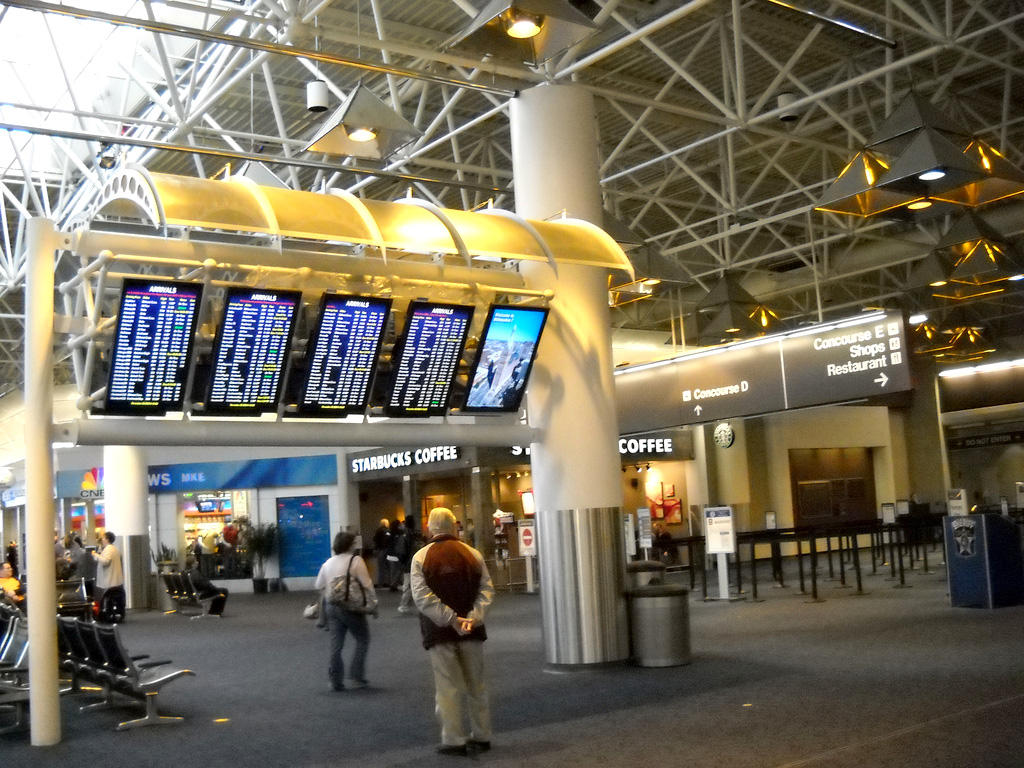The Rise and Reign of Low-Cost International Airlines: Connecting the World on a Budget
Introduction
In today’s interconnected world, the desire to travel internationally has become more accessible than ever before. A significant driving force behind this democratization of travel is the emergence and proliferation of low-cost international airlines (LCCs). These airlines have revolutionized the aviation industry, offering budget-conscious travelers the opportunity to explore new destinations without breaking the bank. This article will delve into the world of LCCs, exploring their business model, impact on the industry, challenges, and future prospects.
What Defines a Low-Cost International Airline?
LCCs are characterized by their commitment to offering significantly lower fares compared to traditional full-service airlines. This is achieved through a variety of cost-cutting measures, often focusing on:
- Unbundled Fares: LCCs typically offer a base fare that covers only the flight itself. Passengers then pay extra for services such as checked baggage, seat selection, meals, and entertainment.
- Single Aircraft Type: Operating a single type of aircraft (e.g., Airbus A320 or Boeing 737) simplifies maintenance, training, and crew scheduling, leading to cost savings.
- Secondary Airports: LCCs often utilize smaller, less congested airports, which usually have lower landing fees and operational costs.
- High Aircraft Utilization: Maximizing the number of flights per day per aircraft helps to spread fixed costs over a larger number of passengers.
- Direct Sales: Encouraging online bookings and direct sales reduces reliance on travel agents and associated commission fees.
- Lean Staffing: Employing a smaller workforce and outsourcing non-core activities contributes to lower labor costs.
The Impact of LCCs on the Aviation Industry
The rise of LCCs has had a profound impact on the aviation landscape:
- Increased Competition: LCCs have intensified competition among airlines, forcing full-service carriers to adapt their pricing strategies and offer more competitive fares.
- Stimulated Demand: Lower fares have made international travel more affordable and accessible, stimulating demand and opening up new markets.
- Shift in Travel Patterns: LCCs have influenced travel patterns, with more people choosing to travel more frequently for shorter periods of time.
- Economic Benefits: The growth of LCCs has contributed to economic growth in tourism-dependent regions, creating jobs and boosting local economies.
Examples of Prominent Low-Cost International Airlines
Several LCCs have successfully established themselves as major players in the international market. Some notable examples include:
- Ryanair: Europe’s largest LCC, known for its extensive network and ultra-low fares.
- easyJet: Another leading European LCC, offering a wide range of routes and a focus on customer service.
- AirAsia: A dominant LCC in Southeast Asia, connecting various destinations with affordable fares.
- Norwegian Air Shuttle: A pioneer in long-haul low-cost flights, connecting Europe with North and South America.
- Scoot: Singapore Airlines’ low-cost subsidiary, serving destinations across Asia and Australia.
Challenges Faced by Low-Cost International Airlines
Despite their success, LCCs face several challenges:
- Rising Fuel Costs: Fluctuations in fuel prices can significantly impact LCCs’ profitability, as fuel is a major expense.
- Intense Competition: The LCC market is highly competitive, with airlines constantly vying for market share.
- Economic Downturns: Economic recessions can lead to a decline in travel demand, impacting LCCs’ revenues.
- Regulatory Issues: LCCs must comply with various aviation regulations, which can add to their operational costs.
- Maintaining Customer Satisfaction: Balancing low fares with a satisfactory customer experience can be challenging, as passengers may have higher expectations.
The Future of Low-Cost International Airlines
The future of LCCs appears promising, with several trends shaping their evolution:
- Expansion into New Markets: LCCs are increasingly expanding into new markets, such as Africa and South America, offering affordable travel options to underserved regions.
- Long-Haul Low-Cost Flights: The long-haul low-cost model is gaining traction, with airlines like Norse Atlantic Airways offering budget-friendly transatlantic flights.
- Technological Innovations: LCCs are leveraging technology to improve efficiency, enhance customer experience, and reduce costs.
- Partnerships and Alliances: LCCs are forming partnerships and alliances to expand their network and offer seamless connections to more destinations.
Data and Facts
- According to IATA (International Air Transport Association), LCCs accounted for approximately 30% of global air passenger traffic in 2022.
- The Asia-Pacific region is the largest market for LCCs, followed by Europe and North America.
- The average fare on LCCs is significantly lower than on full-service airlines, often by as much as 50% or more.
- The COVID-19 pandemic had a significant impact on the aviation industry, including LCCs, but the sector is gradually recovering.
Conclusion
Low-cost international airlines have transformed the way people travel, making it more accessible and affordable for millions around the world. While they face challenges such as rising fuel costs and intense competition, LCCs are well-positioned to continue growing and innovating in the years to come. By embracing new technologies, expanding into new markets, and forming strategic partnerships, LCCs will continue to play a vital role in connecting the world and democratizing travel. As travel restrictions ease and demand rebounds, expect to see LCCs leading the charge in getting people back in the skies, exploring new horizons without emptying their wallets. They are a testament to the power of innovation and efficiency in the aviation industry, offering a compelling alternative to traditional airlines and shaping the future of travel for years to come.


Leave a Reply